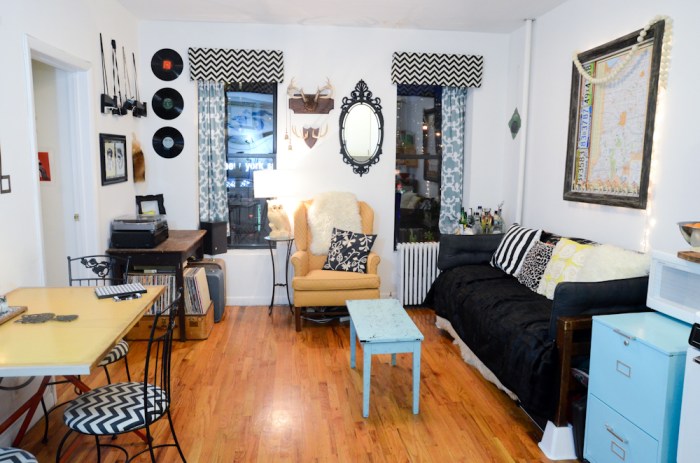In the 1960s, groups of hippies fled from cities to live on rural communes. Now there’s a growing movement of communal living right here in New York City.
“I feel the biggest challenge in our world today is we’re not speaking to each other,” said Ryan Fix, who started 25 communal living sites in New York City and a lab in France that studies co-living. “If we’re able to curate a group from all walks of life, this will be hugely transformative for the world.” RELATED:Where can I afford to live in NYC? In the last couple of years in New York City, a system called “co-living” has taken off, with a number of companies converting office buildings and townhomes into communal living hubs where former strangers can live together, share meals, attend movie nights and do yoga side-by-side. Some real estate professionals are skeptical, while others say it’s too soon to know if co-living has a future, but it’s a model that seems to fulfill a human need that an apartment listed on Craigslist never could. “People don’t want to live in anonymity,” said Brad Hargreaves, CEO ofCommon, which operates four co-living sites in Brooklyn. Since 2015, he’s received 12,000 applications from people wanting to join his communities. RELATED:Millennial home buyers avoid debt and prefer to DIY Hargreaves said his model isn’t about transforming the world, but refining an already-popular housing model: living with roommates. “We’re not creating a new way of living,” he said. “We’re taking the way people already live and making it nicer and more reliable.” Still, there are notable differences between co-living and sharing an apartment with roommates. For example, at Common’s newest co-living site, Balticin Boerum Hill, Brooklyn, 145 people will all belong to a membership that will provide them the chance to connect through events like weekly brunches. “We’re bringing the entire building together,” Hargreaves said.
However, some of these communities are very selective about whom they bring together.
“We benefit from a high demand, which means we can take high quality members,” said Ben Smith, head of growth and community at Founder’s House, which operates five co-living sites across the city. “Things we look for in a candidate is someone who really wants to make a difference in the world. Our members are working towards bettering humanity as a whole.” RELATED:7 tips for soundproofing an apartment For those accepted, there’s a family-style dinner for residents every Sunday. The common areas are supplied with games like chess and Monopoly.
Rents are not cheap.
Benjamin Seebaugh, 25, a project manager for the city’s Department of Corrections, moved to New York City from West Virginia after graduating college. At first, he said he lived in a “traditional place,” with roommates in Hell’s Kitchen. His bedroom in Manhattan cost him $1100 a month. Now he’s paying $1550 for a bedroom in a co-living house with 19 other people in Crown Heights, Brooklyn. But, he said, companionship is priceless. “The common theme among all of us is we wanted to make friends,” Seebaugh said. “This is something people are doing not out of economic necessity,” Hargreaves said, “but out of preference.”
But the high prices are causing some real estate agents to pay little attention to the model.
“They’re overpriced and don’t seem to be that popular,” said Christopher Pallotta, a salesman at Citi Habitats. “No one is going to pay a premium for roommates when you have to have them anyway.” Well, not no one.
Olga Golubkova, 20, an intern at a public relations agency, pays $2,400 a month for her bedroom in a Williamsburg co-living site along with 15 others. It matters little to her that she could live alone for that price. “The saddest part of living alone is you come home and no one is there,” Golubkova said.
If the trend of co-living continues, it could be highly profitable for developers, said Michael Guerra, the Brooklyn director of sales at CORE Real Estate. A developer has to install fewer kitchens in a co-living location. Guerra said the growth of co-living speaks to a deeper change stirring in people today.
“Millennials are beginning to rethink individualism. They’re moving back toward collectivism; people long to belong to something bigger than themselves,” Guerra said. “The real estate market hasn’t yet found a formula for that.” But the recipe is in the works, Fix said, adding that there’s currently around one billion dollars in the co-living market. He rejects the idea that this model is a millennial trend. He’s heard interest from single-mothers, people in their golden years and Syrian refugees. “This is not a niche sector,” he said. “It’s not just a billion dollars. It’s going to be hundreds of billions in the next 10 years.”


















